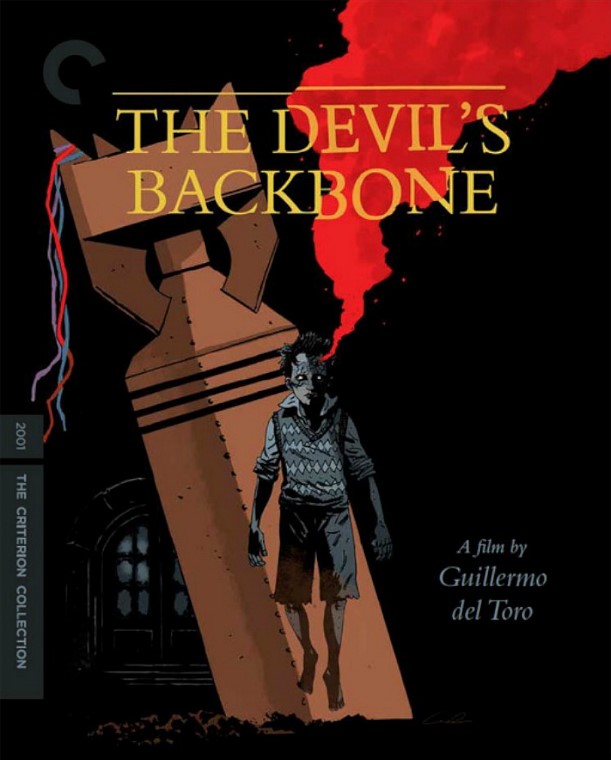The Devil’s Backbone Movie Review
In light of the recent theatre release of Guillermo Del Toro’s The Shape of Water, and its fairly unanimous praise as one of the arguably few highlight films of 2017, I thought it only prudent to turn the clock back a few years and observe what Del Toro dubs his “first real movie.” I will be giving a re-review of the first film of his ongoing trilogy examining the trauma that resulted from the Spanish Civil War, A.K.A. “The Devil’s Backbone.” While the film is seventeen years old, it stands to reason that since this is an oft lesser-known film in the United States, qualifying this review with a potential spoiler warning. Ergo, I say, potential spoilers ahead. While I do not believe that these details will in any way ruin your viewing experience, if you are easily swayed by a random individual’s words on a subjective piece of consumable media, then perhaps you should watch the film before reading this review.
That being said, I will now break the few and fundamental rules of reviewing, which is to share my final recommendation on the film before I delve into why it is the way it is. I fully and heartily recommend this movie to anyone who enjoys watching genuine individuals interacting with the fantastical to convey themes of trauma and growth, or perhaps the lack thereof. Go see this movie. It’s an experience. Now that I have truly apostatized from and desecrated the holy sanctity that is the objective and critical movie review not only by re-reviewing a piece of media almost two decades old, and breaking stylistic format, but also by my inclusion of strong personal opinion and affection for this art form, it is time for us to dive into the inner machinations of this odd, little foreign film.
The Devil’s Backbone is, at face value, a ghost story. In a sense, it could Even be considered a horror story, not because of the supernatural elements of the film, but because the movie delves into the existential horror and frustration of never growing up. To put it more accurately, there is horror, but this horror is tinted in the melancholy glasses of eternity, marked by tragedy and soft whimpers as much as it is defined by violence and desperate cries for salvation. The Devil’s Backbone revolves around the murder of a little boy named Santi in a Spanish orphanage, housing the children of families taken by the Spanish Civil War. Santi, like many of the other children, live with the fleeting hope that their parents are still alive. An unexploded bomb lies dormant in the main courtyard of the orphanage, and it is this object to which Santi’s spirit becomes tied.
There are no perfect humans in this movie, just broken and very human individuals. Take the monstrous boy Jacinto: the hyper-masculine, eternally frustrated murderer of Santi. He was once like the other boys in the orphanage, but was never reclaimed, and so he remained at the Santa Lucia Orphanage. We see his stunted growth and frustrations with life turn to murderous rage and a desire to escape the tragedy of his past. In this way, Jacinto’s murder of Santi serves to perpetuate this cycle in Santi himself. Del Toro speaks to us in more than just language. We experience loss, trauma, and tragedy through the eyes of boys who never had a chance to grow up. We feel the journey take place, and although many of our characters never leave the orphanage, the ride we as an audience are taken on stretches past the horizon. I reiterate; go see this movie. It’s pretty damn good.

